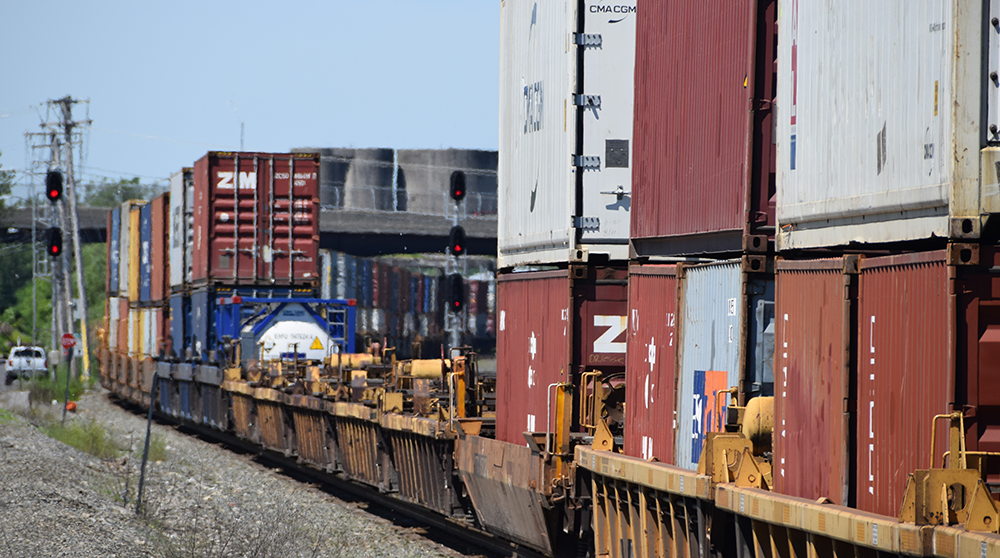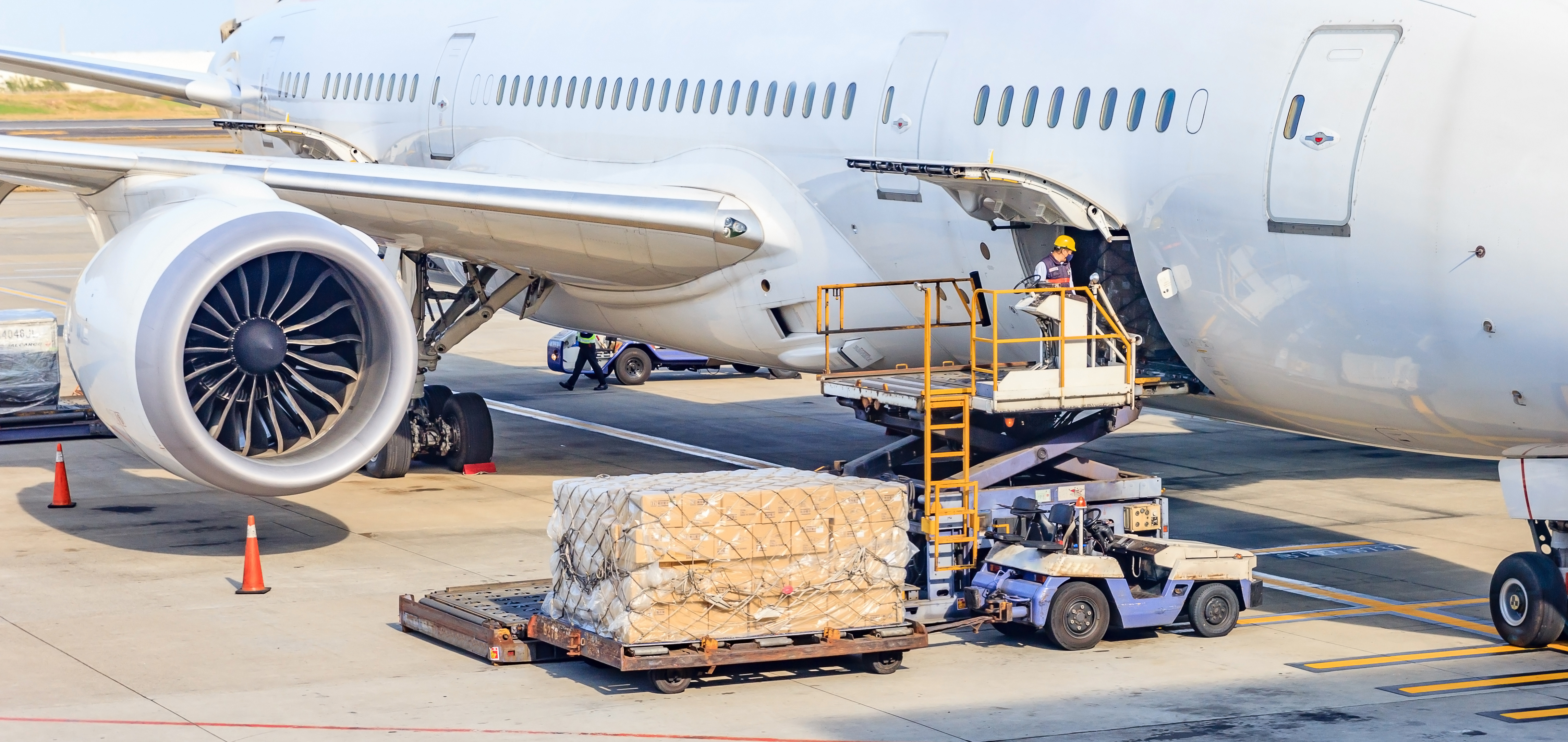Transportation is more than moving people: the movement of freight connects people with the products and services they need to sustain the flow of everyday life.
Freight moves continually every day via roads, rail lines, waterways and airports. The regional transportation system supports economic activity by linking widely separated points through the use of a complex network which connects people, products, and services. Everything that is consumed or manufactured is considered freight, including household items, food, clothing, electronics, office supplies, parcels, building materials, petroleum and gasoline, waste, and many other commodities that are shipped to and from businesses and households every day.

A widespread network of freight hubs, including rail transfer facilities, rail yards, and truck-oriented warehouse and distribution facilities, helps get goods to and from our region’s customers and businesses. Trucks are a critical and necessary part of this system, but they are significant contributors to regional congestion and pollution. Strategies and infrastructure investments are needed that promote a more efficient freight delivery system that will be able to accommodate the increasing and changing distribution of goods.

Commodity flows, that is the movement of all types of goods, determine the need for and utilization of transportation assets and infrastructure. Commodity flow expectations provide an important framework for the planning of physical, operational, or regulatory improvements. NYMTC’s Regional Freight Element is presented in Appendix H of Moving Forward, NYMTC’s Regional Transportation Plan through horizon year 2050. The Freight Element of Moving Forward provides background information on the volume and value and trends of commodity flows within, to, and from the NYMTC planning area and the larger area comprising 10 regional planning agencies covering portions of New York, Connecticut, New Jersey, and Pennsylvania. The analysis of commodity flows, in turn, permits evaluations of performance and needs related to multimodal freight networks, facilities, and logistics. The Regional Freight Element presented in the appendix draws from the analysis and evaluations.

NYMTC undertakes planning studies and participates in events emphasizing the importance of freight movement in the multi-state New York City metropolitan region. The Clean Freight Corridors Planning Study, undertaken by NYMTC with the oversight of the Multi-State Freight Working Group, recommends the designation of clean freight corridors for future investment in alternative fuel and electric charging facilities to support cleaner freight movement.
NYMTC is also conducting a Regional Freight Land Use Study to assess freight-related land uses in the multi-state New York City metropolitan region.
Download
2022-2050 Regional Freight Element
Freight 101 (NYSAMPO Freight Fact Sheet)